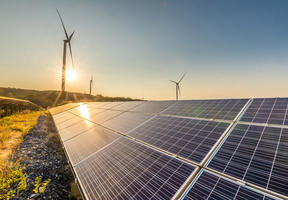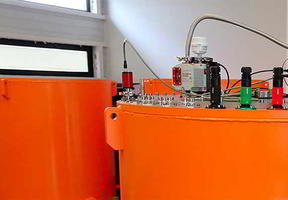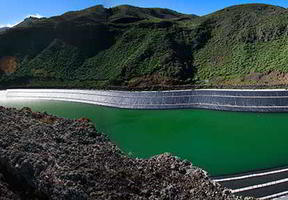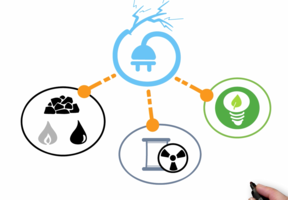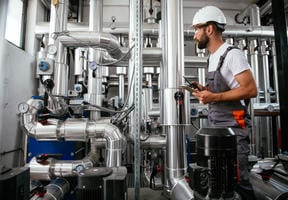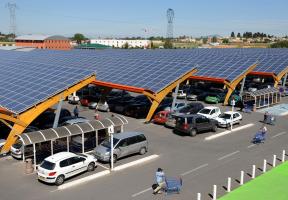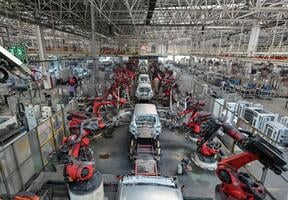Storing Electricity: The Key to Managing Energy
10 min read
The rapid growth of battery electric vehicles (BEV), the electrification of many industrial sectors and the development of “intermittent” renewable energies such as solar and wind, have made the issue of storage an urgent matter. Without it, the would be impossible.

© EDF / HURET CHRISTOPHE - Aerial view of the Grand'Maison facility in the French Alps, which features a pumped-storage power plant for storing electricity.
Balancing Power Grids
Storing electricity is crucial to balance the “supply” from energy producers, and the “demand” from individual and industrial consumers.
Power demand peaks in the morning and in the evening when people are at home, and in summer and winter due to the use of heating and air conditioning systems. The variations in demand will become more significant with the rise of electric vehicles and the electrification of many industrial sectors.
The power balance issue is currently solved using “controllable” energy sources accessible at all times, and the outflow rate can easily be increased or decreased. From this perspective, gas power plants are the most flexible when it comes to managing peaks in consumption.
The aggressive development of solar and wind energies, destined to become predominant in 2050, increases the irregularity of power generation, as the latter depends on wind and sunlight. To avoid relying on gas-fired power plants that emit , we need to store extra electricity produced during sunny and windy periods so we can use it when needed. However, though electrons are very good at traveling long distances, they are not easy to store.
Pumped-Storage Power Plants
Today the most widespread technique is the pumped-storage power plants, using artificial reservoirs in the mountains. Electricity is used to pump the water from a reservoir located at the bottom of the mountain to a reservoir higher up, and then the of the water running back down through a pipeline is used to produce electricity.
One of the largest facilities is in Bath County, Virginia (United States), with a capacity exceeding 3,000 MW. There are half a dozen large-capacity pumped-storage power plants in France, the largest being in Grand’Maison in Isère (1,790 MW). The others range from 300 to 900 MW. Pumped-storage power plants worldwide represent a total capacity of 140 GW (i.e. 140,000 MW).
The Strategic Role of Batteries in Mobility
Today, the battery sector is the focus of most of the investments and research into storage. As well as their contribution to grid stabilization in the future, the sector is driven by the exponential growth of electric mobilities (cars, buses, “soft” mobility options, etc.). According to the International Energy Agency, the need for battery storage should account for 1,500 GW by 2030.
Lithium-ion batteries are currently the most suitable type for electric vehicles. Electric car sales (14 million in 2023) will reach 40 million per year by 2030. The McKinsey consulting firm estimates that the production of Lithium-ion batteries will have multiplied ninefold by the same date. The progress of EV sales caused the price of batteries to drop tenfold between 2010 and 2023.
This outlook has triggered fierce international competition. In 2023, Asia dominated the market for EV batteries, with more than half the figure accounted for by Chinese companies, 25% for the Koreans and 10% for the Japanese. The European Union is attempting to level the field by launching giga factory projects.
Using Hydrogen
Another technology has begun to emerge and involves using electricity to produce by electrolysis of water, and the gas produced can then be converted into electricity in a cell. The same principle is used in “hydrogen cars” or in residential storage in positive energy buildings, where the market is rapidly developing in Germany and Japan.
Sources:


